
Trinidad, the larger of the twin-island republic of Trinidad and Tobago, is a vibrant tapestry of cultures, landscapes, and experiences unlike anywhere else in the Caribbean. Often overshadowed by its smaller sibling Tobago or the more tourist-oriented islands in the region, Trinidad offers authentic Caribbean experiences that blend African, Indian, European, Chinese, and indigenous influences into a captivating cultural mosaic. As the birthplace of The BigCane Rum, this remarkable island holds a special place in our hearts—and after reading this guide, it might just capture yours too.
Beyond the Beaches: Trinidad's Unique Identity
While many Caribbean destinations are celebrated primarily for their beaches (and Trinidad certainly has some stunning coastal areas), the island's true appeal lies in its cultural richness and ecological diversity. Unlike islands whose economies are predominantly tourism-dependent, Trinidad's oil and gas industry has allowed it to develop on a different trajectory—one that preserves authenticity and caters first to locals rather than visitors.
This economic independence has created a destination where travelers can experience genuine Caribbean life, unburdened by the sometimes artificial atmosphere of tourist enclaves. Here, you'll find vibrant markets not designed for souvenirs but for everyday shopping, restaurants serving locals rather than catering exclusively to foreign palates, and celebrations that would happen whether visitors were present or not.
 Port of Spain's dynamic waterfront area
Port of Spain's dynamic waterfront area
 Local street food vendor preparing doubles
Local street food vendor preparing doubles
"Trinidad doesn't put on a show for tourists—it simply invites you to join in its everyday vibrance. The rhythm of life here isn't orchestrated for visitors; it's authentic and captivating precisely because it belongs first to Trinidadians themselves." - Nigel Williams, Culture & Tourism Consultant
Port of Spain: Where Cultures Converge
The capital city of Port of Spain serves as Trinidad's vibrant heart, where the island's diversity is on full display. Unlike the quaint colonial towns found on many Caribbean islands, Port of Spain is a bustling metropolis with a skyline of modern buildings alongside historical architecture, creating a dynamic urban landscape.
Begin your exploration at the magnificent Queen's Park Savannah, the city's largest open space and a hub of activity. The Savannah is ringed by historic buildings known as the "Magnificent Seven"—a collection of colonial-era mansions representing different architectural styles. The most striking is arguably the Killarney (or Stollmeyer's Castle), with its Scottish baronial style complete with turrets and towers seeming almost surreal in the tropical setting.
Port of Spain Essentials
- Queen's Park Savannah - The city's green heart, perfect for morning walks and evening lime (socializing)
- National Museum - Housing excellent exhibits on Trinidad's complex history and cultural development
- Independence Square & Brian Lara Promenade - The commercial center with excellent people-watching
- Woodford Square - The "People's Parliament" where political debates and public discourse happen freely
- Frederick Street - The main shopping district with everything from luxury goods to local crafts
For culinary adventures, head to the bustling Central Market early in the morning. Here, vendors sell fresh tropical fruits, vegetables, and spices in a cacophony of sights, sounds, and aromas that encapsulate Trinidad's multicultural essence. Nearby, Charlotte Street offers a "Little India" experience with shops selling everything from saris to spices.
As evening approaches, the Ariapita Avenue district comes alive with an excellent selection of restaurants, bars, and nightclubs. This strip is where you'll find The BigCane's flagship store and tasting room, where visitors can sample our complete collection, including limited editions not available elsewhere. Our mixologists offer a journey through Trinidad's rum history with guided tastings that showcase how local ingredients and techniques have evolved over generations.
Culinary Trinidad: A Feast for the Senses
Trinidad's food scene is arguably the most diverse and exciting in the Caribbean, reflecting the island's multicultural heritage. The blend of African, Indian, Chinese, Middle Eastern, European, and indigenous Amerindian influences has created a culinary landscape that defies simple categorization.
Street food is an essential part of the Trinidadian experience. Start your culinary journey with doubles—curried chickpeas sandwiched between two pieces of fried bread (bara) and topped with various chutneys and pepper sauce. This Indian-influenced snack is a national institution, with fierce debates about which vendor makes the best version.
- Bake and Shark - A Trinidadian specialty featuring fried shark meat in fried bread, traditionally enjoyed at Maracas Beach
- Roti - Flatbread filled with curried meats, chickpeas, or vegetables—a satisfying meal for any time of day
- Pelau - A one-pot rice dish with caramelized chicken or beef, pigeon peas, and coconut milk
- Callaloo - A creamy, spinach-like soup made with dasheen leaves, okra, and sometimes crab
- Pholourie - Fried split pea dough balls served with chutney, perfect for snacking
For a comprehensive taste of Trinidadian cuisine, visit the food stalls at the Queen's Park Savannah in the evening. Here, local vendors serve everything from corn soup to geera pork (cumin-spiced pork) to homemade ice cream in flavors like soursop and coconut.
The BigCane partners with several leading restaurants in Port of Spain to offer rum pairing dinners that showcase how our different expressions complement Trinidadian cuisine. Our Silver Rum pairs beautifully with seafood dishes, while our aged expressions stand up to the robust flavors of curries and stewed meats.
Natural Wonders: Trinidad's Ecological Treasures
Trinidad's proximity to South America gives it a biodiversity distinct from other Caribbean islands. The Northern Range mountains, an extension of Venezuela's Andes, creates diverse habitats from rainforests to mangrove swamps.
Caroni Swamp, just south of Port of Spain, offers one of Trinidad's most spectacular natural displays. Take an afternoon boat tour through the mangrove channels to witness the scarlet ibis—Trinidad's national bird—returning to roost at sunset. Thousands of these bright red birds against the green mangroves create an unforgettable spectacle that captures the island's natural beauty.
 Scarlet ibis birds returning to roost in Caroni Swamp
Scarlet ibis birds returning to roost in Caroni Swamp
 The stunning shoreline at Maracas Bay
The stunning shoreline at Maracas Bay
For those seeking more active adventures, the hiking trails of the Northern Range offer experiences ranging from moderate walks to challenging treks. The Avocat Waterfall trail takes you through dense rainforest to a magnificent 50-foot cascade where you can swim in the refreshing pool beneath. For more experienced hikers, the El Tucuche trail leads to Trinidad's second-highest peak, offering panoramic views across the island and even to Venezuela on clear days.
Beach lovers should head to Maracas Bay on the North Coast, a 40-minute drive from Port of Spain. This stunning crescent of golden sand framed by mountains is Trinidad's most popular beach, famous for its bake and shark stands and dramatic surf. For a quieter experience, continue eastward to the secluded Tyrico Bay or Las Cuevas Beach.
The BigCane's distillery tour includes a visit to our water source in the Northern Range, where pure mountain springs provide the exceptional water that distinguishes our rum. The tour explains how Trinidad's unique ecology—from its limestone-filtered water to its ideal climate for aging—contributes to our distinctive rum profile.
Cultural Immersion: Festivals and Traditions
Trinidad's calendar is packed with cultural celebrations that offer insight into the island's rich heritage. While Carnival (held before Lent in February or March) is the most famous, there are year-round opportunities to experience Trinidadian culture at its most vibrant.
Carnival: The Greatest Show on Earth
Trinidad's Carnival is unlike any other celebration in the world—a dazzling explosion of music, dance, colorful costumes, and unbridled joy. Planning a trip during this period requires advance preparation, as accommodations fill up months ahead, but the experience is unparalleled.
The festivities begin weeks before the official Carnival Monday and Tuesday with competitions for calypso monarchs, soca monarchs, and steel pan orchestras (Trinidad invented the steel pan, the only acoustic musical instrument developed in the 20th century). The weekend before Carnival brings Panorama, where massive steel bands compete with orchestral arrangements, and Dimanche Gras, showcasing the King and Queen costume competitions.
J'ouvert (from the French "jour ouvert" or daybreak) begins in the pre-dawn hours of Carnival Monday, with revelers covered in mud, paint, or oil dancing through the streets to calypso and soca music. This represents the darker elements of Trinidad's history and serves as a cathartic release before the more glittering aspects of Carnival.
The main parade of the bands takes place on Monday and Tuesday, with thousands of masqueraders in elaborate costumes dancing through the streets of Port of Spain. The energy, creativity, and sheer scale of this celebration must be experienced to be believed.
The BigCane hosts an exclusive Carnival experience each year, including premium accommodations, guided access to the best events, custom costumes for participation in a band, and special rum tastings themed around different aspects of the celebration.
Beyond Carnival: Year-Round Celebrations
For visitors unable to attend Carnival, Trinidad offers numerous other cultural celebrations throughout the year:
Trinidad's Cultural Calendar
- Phagwa/Holi (March/April) - The Hindu festival of colors, where participants douse each other with colored dyes
- Hosay (varying dates) - A Muslim commemoration featuring ornate tadjahs (tombs) paraded through the streets
- Emancipation Day (August 1) - Celebrating the end of slavery with African music, dance, and heritage displays
- Divali (October/November) - The Hindu festival of lights transforms communities with thousands of deyas (oil lamps)
- Parang Season (September-December) - Spanish-influenced Christmas music performed by groups visiting homes
Even without specific festivals, Trinidad offers rich cultural experiences year-round. Visit the Temple in the Sea at Waterloo, a Hindu temple built single-handedly by Sewdass Sadhu, who was denied land to build his place of worship and instead constructed it in the ocean. Or experience Trinidadian drumming traditions at the regular Sunday sessions at the Botanical Gardens.
Experience Trinidad with The BigCane
Join us for our exclusive "Rum's Birthplace" tour package, which includes distillery visits, guided cultural experiences, and tastings of rare rum expressions available only in Trinidad.
Book Your ExperienceThe Rum Connection: Distillery Heritage
Trinidad's rum-making tradition dates back to the 17th century, with techniques that blend influences from British, French, and Spanish colonial periods. The island's unique combination of climate, water quality, and cultural know-how has created distinctive rum styles respected worldwide.
The BigCane's distillery, nestled in the Maracas Valley, offers visitors a comprehensive look at the rum-making process from sugarcane to bottle. Our tours include:
- Cane to Cup Experience - A full-day immersion including sugarcane harvesting, pressing, fermentation, distillation, aging, and tasting
- Heritage Tour - Focused on the historical aspects of rum production and its cultural significance in Trinidad
- Master Blender Workshop - Create your own custom rum blend under the guidance of our master blender
- Cocktail Masterclass - Learn to make traditional Trinidadian rum cocktails using local ingredients and techniques
The distillery tour includes access to our aging warehouse, where visitors can witness the transformation of fresh distillate into complex rum over years of maturation in oak barrels. The angel's share—the portion of rum that evaporates during aging—fills the air with a sweet, intoxicating aroma that captures the essence of Trinidad's rum heritage.
Visitors can also bottle their own rum directly from a selected barrel, creating a unique memento of their Trinidadian experience. Each bottle is personally labeled and recorded in our distillery archives.
Getting Around Trinidad
Trinidad is larger and more developed than many Caribbean islands, making transportation considerations important for visitors. The island measures approximately 50 by 37 miles (80 by 60 kilometers), with a reasonably good road network connecting major destinations.
Options for getting around include:
- Rental Car - Provides the most flexibility for exploring, though driving is on the left and some roads can be challenging
- Maxi Taxis - These shared minibuses run set routes and are identified by color bands; they're inexpensive but may require some local knowledge
- Private Drivers - More expensive but offering convenience and local insights
- Organized Tours - Ideal for specific destinations like Caroni Swamp or rural areas
For visitors staying primarily in Port of Spain, walking is feasible for many attractions within the city center, though taxis are recommended after dark in some areas.
The BigCane offers transportation packages for distillery visitors, including pickup from major hotels and guided excursions combining rum experiences with cultural and natural attractions.
Where to Stay: Accommodations for Every Taste
Trinidad offers a range of accommodations, from international business hotels to boutique guesthouses. Most options are concentrated in Port of Spain and its surrounding areas.
Luxury seekers should consider the Hyatt Regency Trinidad on the waterfront, offering modern amenities and excellent views of the Gulf of Paria. For a more intimate experience, the Coblentz Inn Boutique Hotel features individually themed rooms based on Trinidadian Carnival characters and cultural motifs.
The Kapok Hotel offers a solid mid-range option with its convenient location near the Queen's Park Savannah and a rooftop restaurant with panoramic city views. Budget travelers might explore guesthouses in the Cascade or St. Ann's neighborhoods, which provide a more residential experience.
For a truly unique stay, The BigCane Estate House—the restored colonial mansion on our distillery grounds—offers five luxury suites, each named after a stage in the rum-making process. Guests enjoy exclusive after-hours distillery access, personalized tastings, and breakfast featuring tropical fruits grown on the estate.
When to Visit: Navigating Trinidad's Seasons
Trinidad has a tropical climate with distinct wet and dry seasons rather than significant temperature variations. The dry season (January to May) offers the most reliable weather for exploring, with sunny days and lower humidity.
The wet season (June to December) brings more frequent rainfall, typically in the form of afternoon showers rather than all-day downpours. This period offers the advantage of lusher landscapes, fewer visitors, and lower prices.
For specific experiences:
- Carnival - Book well in advance for February/March, when prices peak but the cultural experience is unmatched
- Bird Watching - The dry season (especially March-April) offers excellent viewing in Caroni Swamp and the Asa Wright Nature Centre
- Turtle Nesting - Visit the northeast coast between March and August to witness leatherback turtles nesting
- Rum Experiences - The BigCane's special distillery events coincide with the sugar harvest from February to June
September and October are the peak of hurricane season, though Trinidad, unlike many Caribbean islands, rarely experiences direct hurricane impacts due to its southern location.
Responsible Tourism: Respecting Trinidad's Culture and Environment
As with any destination, responsible tourism practices help preserve what makes Trinidad special. Some considerations for visitors:
- Cultural Respect - Trinidad is diverse, with many religions and customs; appropriate dress when visiting religious sites is appreciated
- Environmental Awareness - Support conservation efforts by avoiding products made from endangered species and following guidelines in natural areas
- Economic Impact - Patronize locally-owned businesses and purchase directly from artisans when possible
- Photography Etiquette - Always ask permission before photographing individuals, especially during religious ceremonies
- LGBTQ+ Travelers - Trinidad maintains some conservative attitudes; discretion is advised
The BigCane is committed to sustainable tourism practices, including our water conservation program, local supplier initiatives, and cultural heritage preservation projects. Visitors to our facilities learn about these efforts and how traditional rum production can align with modern sustainability goals.
Beyond Trinidad: Connecting to Tobago
No exploration of Trinidad would be complete without mentioning its sister island, Tobago. Just a 25-minute flight or 3-hour ferry ride away, Tobago offers a perfect complement to Trinidad's cultural intensity with its relaxed pace and natural beauty.
While Trinidad excels in cultural experiences, Tobago offers the quintessential Caribbean beach vacation with its pristine shores and magnificent coral reefs. Many visitors choose to split their time between the two islands for a comprehensive experience of what the republic offers.
The BigCane's "Two Islands, One Spirit" package includes accommodations and experiences on both islands, connected by private transportation and guided by local experts who showcase how the distinct personalities of Trinidad and Tobago have influenced our rum-making philosophy.
Final Thoughts: Trinidad's Enduring Appeal
Trinidad offers travelers something increasingly rare in today's world—authenticity. This is not an island that has shaped itself primarily for tourism, but rather one that welcomes visitors to experience its genuine culture, natural beauty, and vibrant spirit.
From the pulsating rhythm of steel pan music to the complex flavors of its cuisine, from the ecological wonders of its forests to the warmth of its people, Trinidad rewards those who approach it with curiosity and respect. Unlike destinations that can be summarized in a simple beach photo or single cultural icon, Trinidad is multifaceted, surprising, and endlessly fascinating.
As the home of The BigCane Rum, Trinidad has shaped our philosophy of celebration, craftsmanship, and cultural pride. We invite you to experience this remarkable island for yourself—to discover its hidden gems, engage with its traditions, and perhaps leave with a deeper understanding of what makes Caribbean rum culture so special.
After all, to truly know a spirit, one must know the place and people from which it springs. Trinidad isn't just where our rum is made; it's the irreplaceable soul that makes our rum what it is.
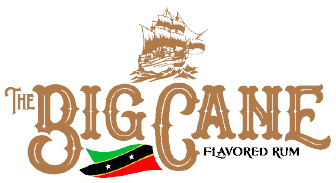
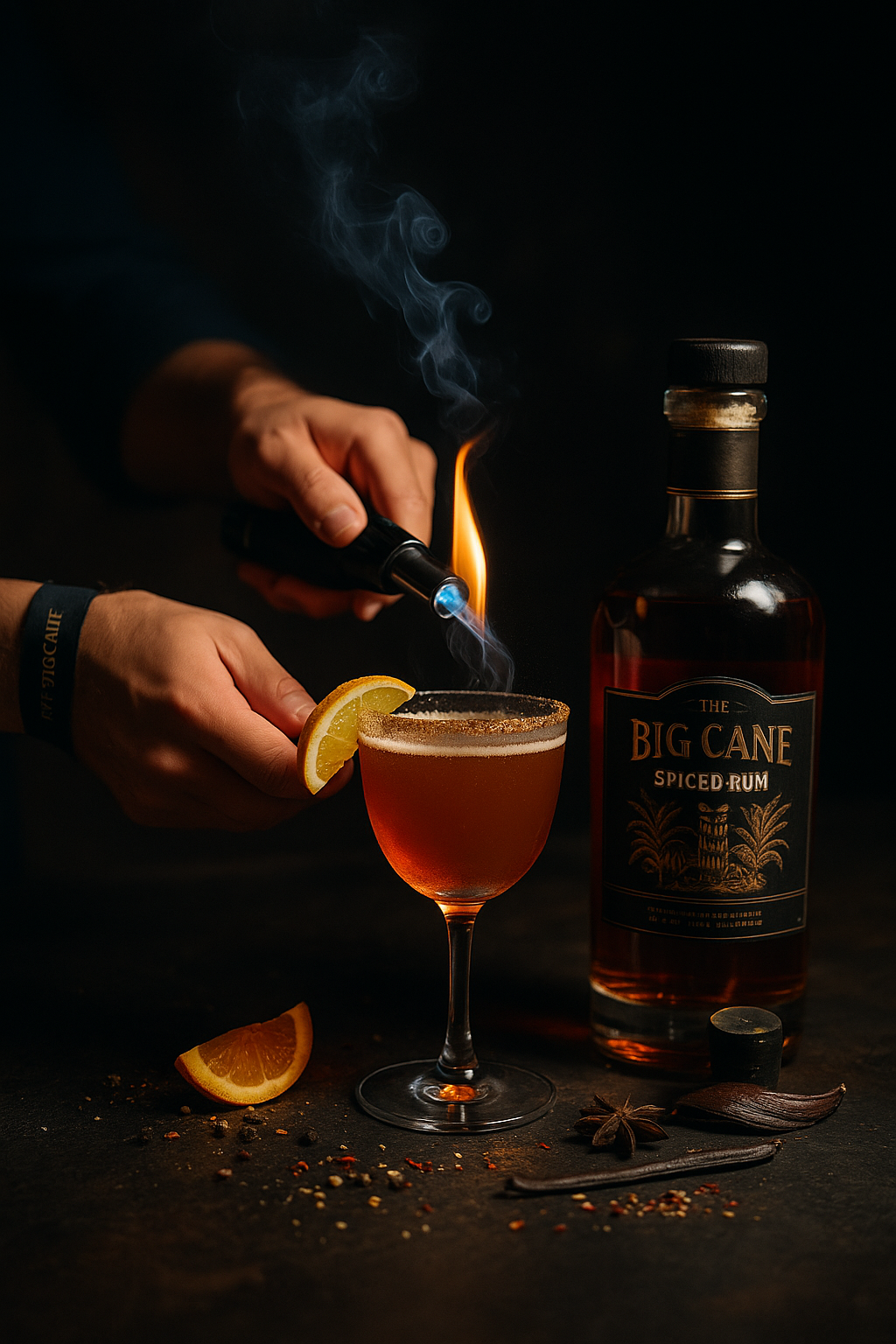
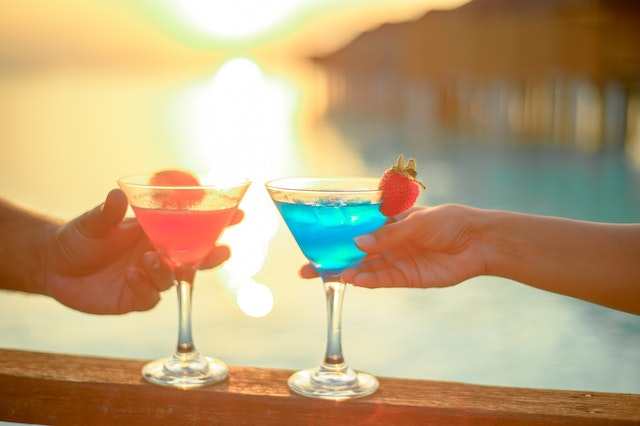
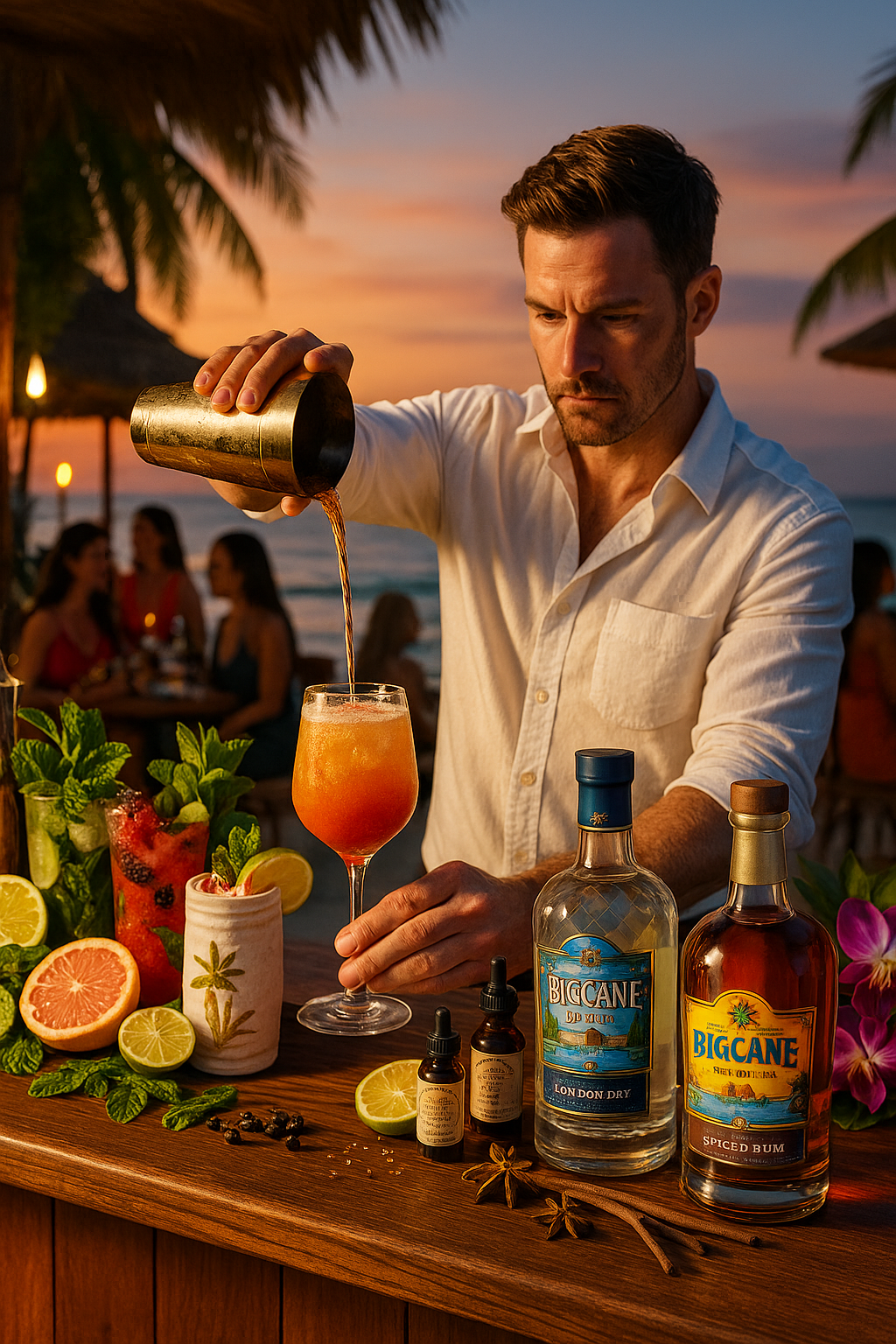
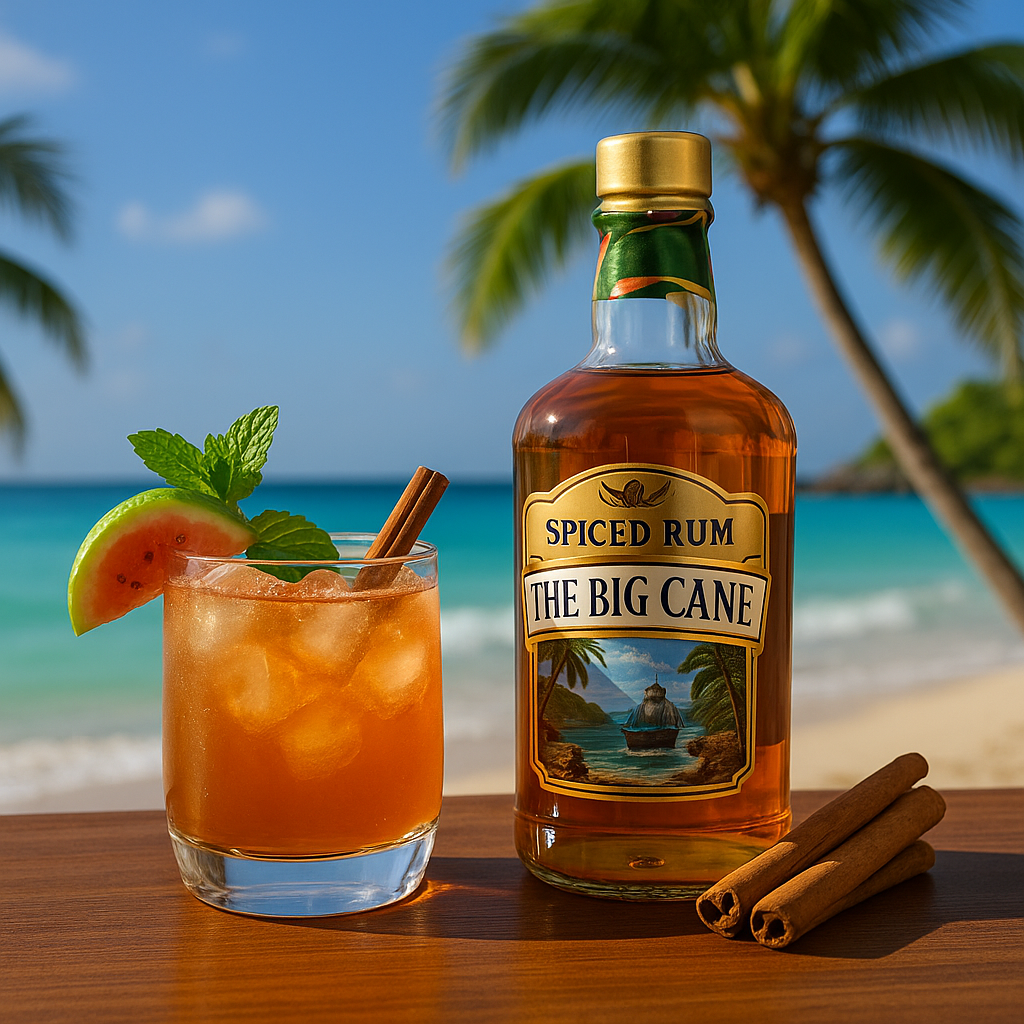

Comments (27)
Melissa Ramdeen
March 30, 2025As a Trinidadian living abroad, this article made me so homesick! You've captured the essence of Trinidad perfectly - especially the part about the food. Nothing compares to doubles from a street vendor at 7 AM after feting all night! And yes, The BigCane distillery tour is actually amazing, even locals enjoy it. I took my American friends there last time we visited and they were blown away by the rum tasting experience.
James Belmont
March 29, 2025I visited Trinidad last year after reading so much about it being different from other Caribbean destinations. This article is spot on - it's not your typical beach vacation, it's so much more. The Caroni Swamp tour was incredible (those scarlet ibis are unreal), but what really surprised me was the food scene. I'm still dreaming about that corn soup I had from a street vendor near the Savannah. One tip for other travelers: definitely rent a car if you're comfortable driving on the left. There's so much to explore beyond Port of Spain!
David Thompson
Author March 29, 2025James, you're absolutely right about renting a car - it's the best way to discover those off-the-beaten-path gems! Next time you visit, head to the northeast coast to Matura Beach during turtle nesting season. It's a bit of a journey but watching those massive leatherbacks come ashore is an experience you'll never forget. And yes, that corn soup is legendary - perfect after a night of liming!
Leave a Comment